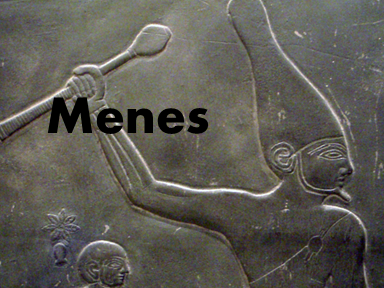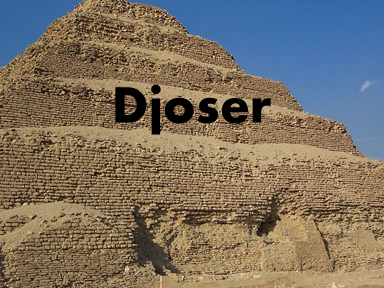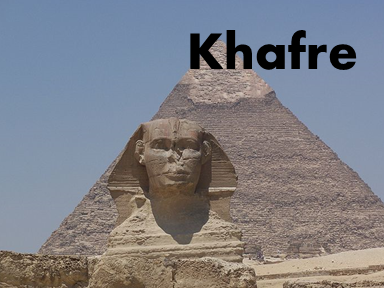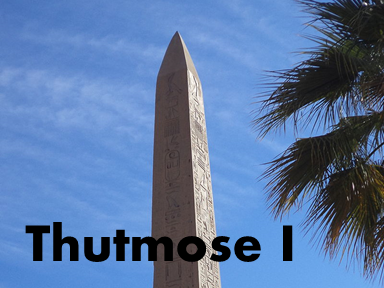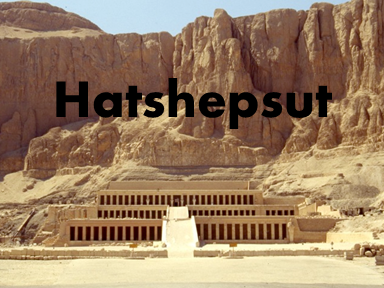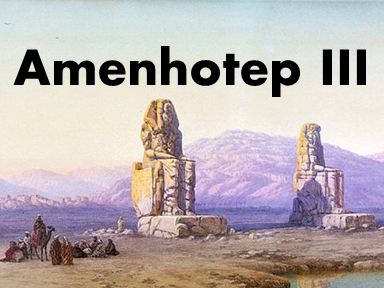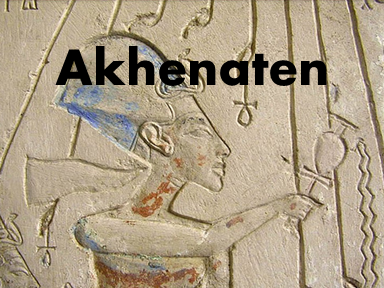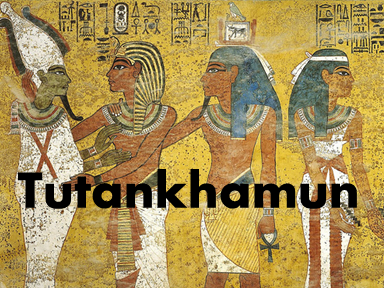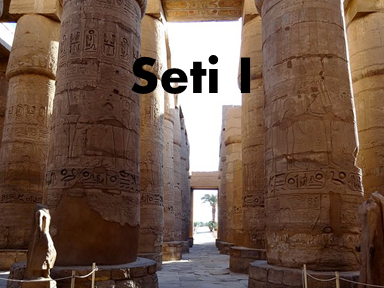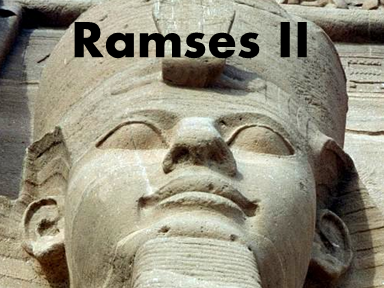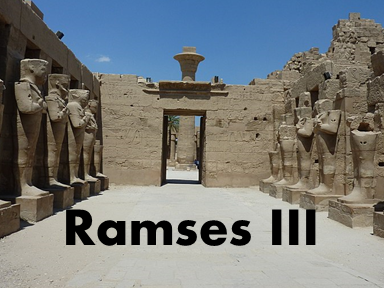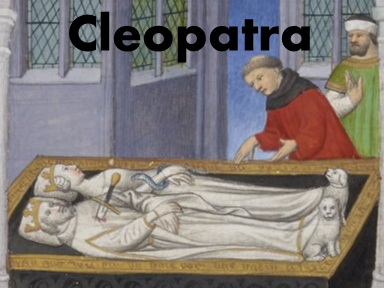
Ancient Egypt
Ramesses II
1279 - 1213
Ramesses reigned during the 19th Dynasty. He was the son of Seti I. Ramesses ruled for 67 years. This was a tremendous accomplishment since the average life expectancy was only 40 years at this time. Ramesses had 5 or 6 main wives and over 100 children.
Ramesses II is well-known for the buildings he constructed.
monumental temples of Karnak (near Luxor)
two temples at Abu Simbel (in the south of the country in so-called Nubia) - The great temple at Abu Simbel is aligned so that twice each year, once in February and once in October, the rising sun shines on the statues of the gods within.
-
his mortuary temple The Ramesseum (on the West Bank near Luxor)
Ramesses made sure his name was engraved so deeply in each of these buildings that no one could remove it. Due to the large number of buildings that Ramesses built, he spent less time on engraving text and images on the temple walls. Unfortunately his successors followed his example.
Ramesses fought against the Hittites (from Western Asia), with whom the Egyptians had been struggling for many years. The problems between Egyptians and Hittites were finally settled though, several years later, when Ramesses married a Hittite princess.

Ramesses was buried in the Valley of the Kings. In 1881 Ramesses's mummy was found in the Royal Cache in Deir el-Bahri on the Theban west-bank. According to a hieroglyphic text found on the mummy it was removed from the actual royal tomb for safety reasons by Egyptian priests during the 21st Dynasty after robbers violated his burial site. The bodies of Ramesses I and Seti I were also moved. This was a practice of the priest as a means of looting the tombs themselves.
Navigation
See a complete list of the pharaohs that ruled Egypt.
Return to Egyptian Government Page.
